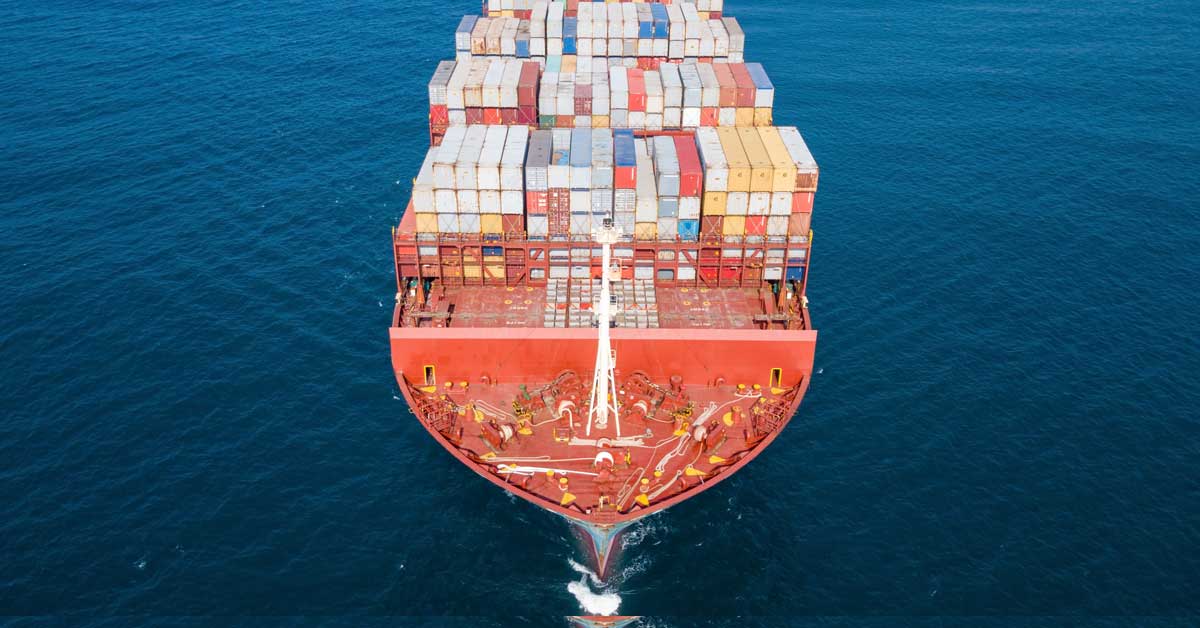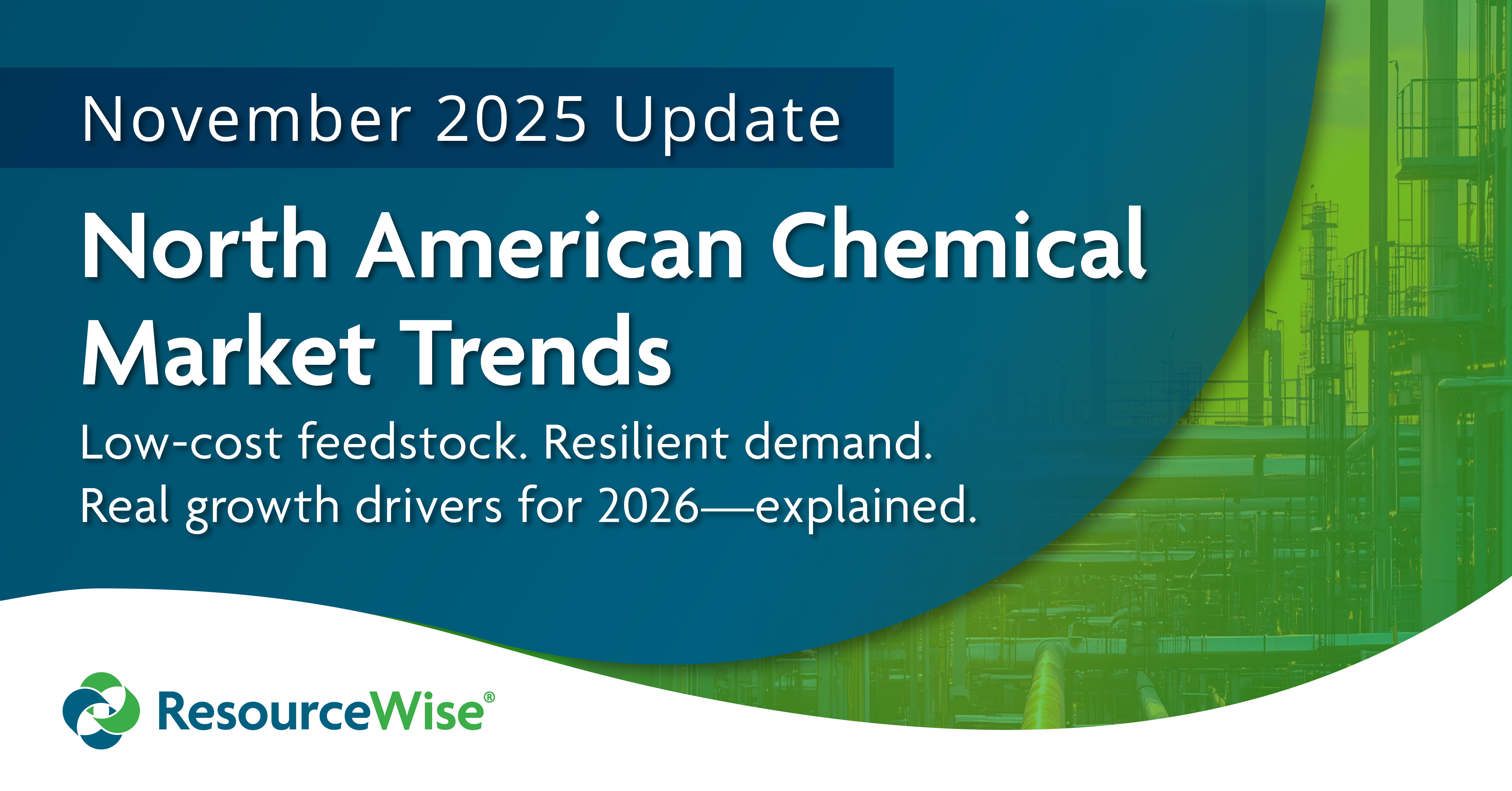4 min read
Does Closure of the Ineos Rheinberg Plant Mark a Turning Point for Europe's Epichlorohydrin Market?
 Jennifer Hawkins
:
Oct 13, 2025 12:47:40 PM
Jennifer Hawkins
:
Oct 13, 2025 12:47:40 PM

Ineos announced on October 6 its intention to close two production units at its Rheinberg, Germany, site, including the allylics plant that makes epichlorohydrin. The news sent ripples through Europe's chemicals sector, as the affected operations represent about 60 ktpa of epichlorohydrin capacity. While significant, the impact may not be immediately felt. Rheinberg has been running below full capacity, often serving as a fallback for the merchant market when additional material was needed; for instance, when an import shipment was delayed. That cushion is now disappearing, but Europe's epichlorohydrin consumption has fallen sharply from pre-pandemic levels as downstream plants have closed, scaled back, or been replaced by cheaper imported sources.
Years ago, such a closure would have sparked fears of shortage and panic buying. Today, the picture looks very different. Westlake's facility at Pernis, the Netherlands, which once bought significant volumes of epichlorohydrin from the merchant market despite having captive output, has shut its epichlorohydrin and epoxy resin units, removing not just capacity but a major source of demand. According to market sources, another large European consumer has stopped purchasing epichlorohydrin altogether, opting instead to buy epoxy resins directly from the merchant market. Other resin producers remain largely self-sufficient, using integrated epichlorohydrin, while smaller buyers with limited volumes continue to source regionally or from Asia. The water treatment sector, meanwhile, is thought to source most of its requirements from India.
ResourceWise estimates that the closure of Westlake's Pernis facility and Ineos's Rheinberg units will still leave Europe with about 190 ktpa of epichlorohydrin and roughly 270 ktpa of epoxy resin capacity. At the same time, Olin has excess epichlorohydrin capacity, and Ineos will continue to supply existing customers from its Tavaux plant in France, which runs both glycerine- and propylene-based processes. Overall, this suggests enough headroom to meet demand, though both markets are operating well below capacity in today's subdued environment. If epoxy resin output were to rebound rapidly, tightness could return, depending on how quickly other epichlorohydrin producers can ramp up.
The accompanying chart shows how epichlorohydrin imports have risen sharply since 2020. Data from January to August 2025 confirms that Europe's dependence on overseas material continues to deepen, as domestic producers struggle to compete with lower-cost Asian and Indian offers. Rheinberg's exit will leave buyers even more exposed to price movements overseas.

If Europe leans further on Asia, it must also live with Asia’s volatility. In September, an explosion at Zhejiang Juhua in China sent epichlorohydrin prices up by roughly 6–8% before easing later in the month, a reminder that overcapacity does not equal stability. Feedstock glycerine has also been adding steady upward pressure since the start of 2025.
Global glycerine supply has tightened through 2024-2025 as output of biodiesel and its co-product glycerine slowed to a crawl due to weak blending margins and low crude oil prices, both of which hurt biodiesel economics. In May 2024, Indonesia introduced a 7.5% export levy on crude glycerine, immediately lifting feedstock costs across Asia. This spilled into Europe, where refined glycerine prices climbed more than 40% between January and August 2024, and lead times stretched to several weeks.
A strong European rapeseed harvest has since added some relief, boosting biodiesel and glycerine supply, but not enough to reverse the price trend. Imports remain costly, and the global tone is still firm. As a result, Europe will effectively import Asian glycerine economics - including every palm-oil tax, freight delay, or policy shift that pushes feedstock costs higher. Because freight and contract cycles create a lag, these costs often take a month or two to reach European prices, but when they do, the adjustments can be sharp.
Rheinberg's closure is part of a larger trend. Across Europe, chemical producers are closing or downsizing as energy and carbon costs rise, imports surge, and investment dries up. In a letter to customers dated October 6, 2025, Ineos explained the reasons for its decision bluntly: high energy and CO₂ costs, the absence of tariff protection, and open markets that are being flooded with imports unconstrained by high emissions. Stephen Dossett, CEO of Ineos Inovyn, warned: "Europe is strangling its own industry. While competitors in the USA and China benefit from cheap energy, European manufacturers are being pushed out by our own policies and the lack of tariff protection.”
Dossett confirmed that 175 jobs would be lost and criticized the lack of EU action as 'economic madness and environmental hypocrisy'. His words have resonated widely across the sector, reflecting a growing frustration over what many view as the slow erosion of Europe's chemical backbone.
The allylics unit at Rheinberg produces epichlorohydrin, the essential building block for epoxy resins used in aerospace, automotive, defense, and renewable-energy applications. Its electrolysis unit makes chlorine, vital for clean water, pharmaceuticals, and industrial processing. The closure will undergo formal consultations with employees and customers, a process that may take several months. Similar procedures typically last about six months, but this timeline is uncertain amid widespread industrial restructuring. The PVC and vinyls units will continue to run.
The Ineos letter echoes a broader industry warning: without decisive political intervention, Europe risks a deepening wave of deindustrialization. Since 2019, chemical output in Germany alone has dropped by around 18%, triggering multiple site closures across the continent.
The EU Critical Chemicals Act and the Chemical Industry Transition Pathway are designed to protect strategic value chains and reduce regulatory and energy burdens. If executed effectively, they could strengthen the epichlorohydrin-epoxy value chain and help shield domestic producers from unfair import competition. But industry voices argue that implementing the policy still lags far behind the pace of closures.
Companies continue to consolidate or shut down while waiting for tangible relief. INEOS itself is restructuring operations in France, Spain, the UK, and Belgium, clear evidence of how deep the retrenchment runs.
For Europe's epichlorohydrin and epoxy resin markets, the outlook is one of lean stability. Supply and demand remain balanced, imports provide flexibility, and feedstocks are available. The real test will come when demand rebounds. Low demand currently masks the effects of Rheinberg's shutdown, but when the cycle turns, the cracks could show. If import flows falter or demand recovers sharply, remaining epichlorohydrin facilities may struggle to ramp up as quickly as they once did. Europe's epichlorohydrin market, steady for now, could prove more fragile than it appears.




